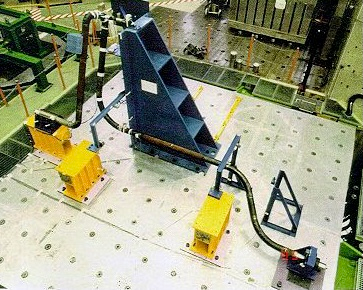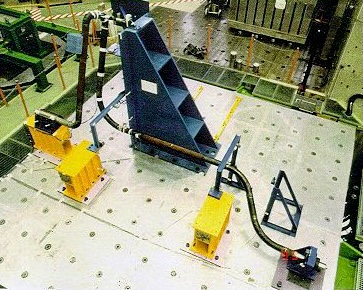As part of Probabilistic Risk Assessment studies, it is necessary to study the fragility of mechanical and civil engineered structures when subjected to seismic loads. This risk can be measured with fragility curves, which express the probability of failure of the structure conditionally to a seismic intensity measure. The estimation of fragility curves relies on time-consuming numerical simulations, so that careful experimental design is required in order to gain the maximum information on the structure's fragility with a limited number of code evaluations. We propose and implement an active learning methodology based on adaptive importance sampling in order to reduce the variance of the training loss. The efficiency of the proposed method in terms of bias, standard deviation and prediction interval coverage are theoretically and numerically characterized.
翻译:作为概率风险评估研究的一部分,有必要研究机械和民用工程结构在承受地震负荷时的脆弱性,这种风险可以用脆弱性曲线衡量,该曲线表明结构在地震强度测量条件下的失灵概率; 脆弱性曲线的估计依赖于耗时的数字模拟,因此需要进行仔细的实验设计,以便获得关于结构脆弱性的最大信息,并进行数量有限的代码评估; 我们提议并采用基于适应重要性抽样的积极学习方法,以减少培训损失的差异; 拟议的方法在偏差、标准偏差和预测间隔方面的效率在理论上和数字上都有特征。





